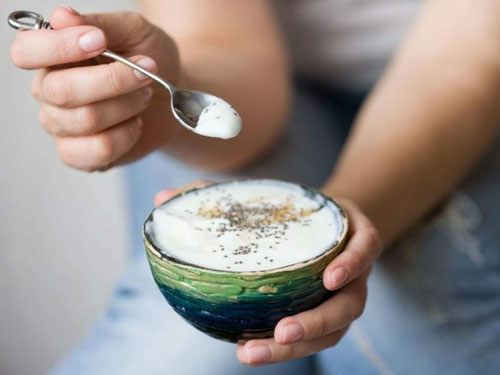A panel of scientists has published a document that clarifies the definition of synbiotic products, which contain “friendly” bacteria and a substrate on which the bacteria feed.
It also makes recommendations for establishing the products’ safety and efficacy.
A healthy community of gut bacteria helps protect against disease-causing microorganisms. The bacteria in our intestines or “gut microbiota” also play essential roles in digestion, immunity, and metabolism.
However, antibiotics, changes in diet, and infections can disrupt the gut microbiota, which may contribute to a wide range of illnesses, including inflammatory bowel disease (IBD)and metabolic syndrome, which increases a person’s risk of developing heart disease and diabetes.
One way to restore a healthy balance of microorganisms in the gut is to take a supplement containing probiotics and prebiotics. Probiotics are live, beneficial bacteria, and prebiotics are indigestible substrates, such as fiber, on which “good” bacteria feed.
Researchers first proposed combining probiotics and prebiotics into a single product called a “synbiotic” 25 years ago.
Synbiotics are starting to gain traction in the marketplace, but there’s a lot of confusion around the term, even among scientists.
The panel’s recommendations, which comprised specialists in microbiology, nutrition, and gastrointestinal physiology, encompass synbiotics developed for pets and farm animals, as well as people.
The panel concluded that simply defining synbiotics as “a mixture of probiotics and prebiotics” could hamper innovation. They do not use either term in their new definition.
The experts explain that when administered separately, the two components may not meet the standard definition of a probiotic or prebiotic and may only provide a health benefit when combined.
Accordingly, the panel defines a synbiotic as “a mixture comprising live microorganisms and substrate(s) selectively utilized by host microorganisms that confers a health benefit on the host.”
Importantly, according to the new definition, the microorganisms in a synbiotic product may not necessarily consume the substrate in that product. The substrate could instead promote the growth of other kinds of good bacteria that already live in the host’s gut.
In other words, the probiotic and the prebiotic in a product could provide separate, unrelated health benefits.









